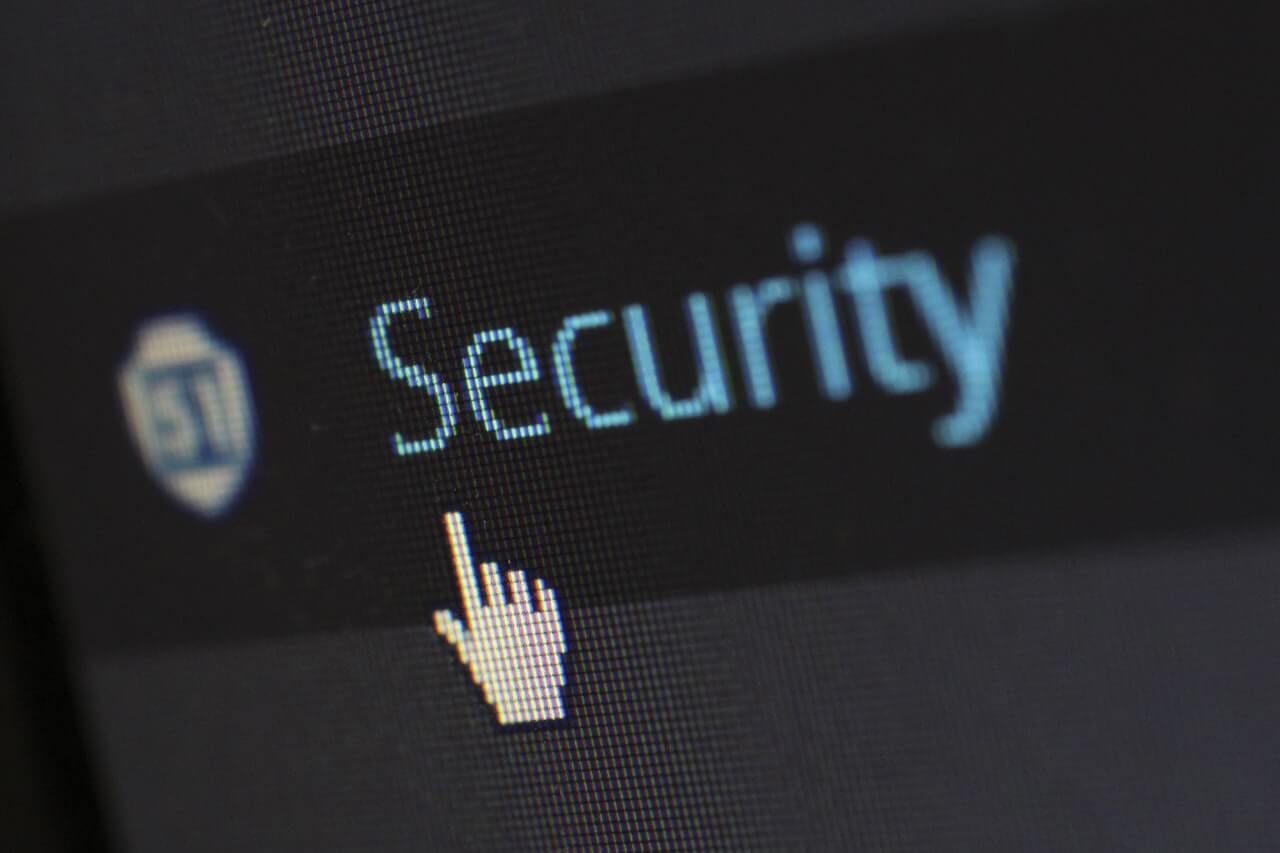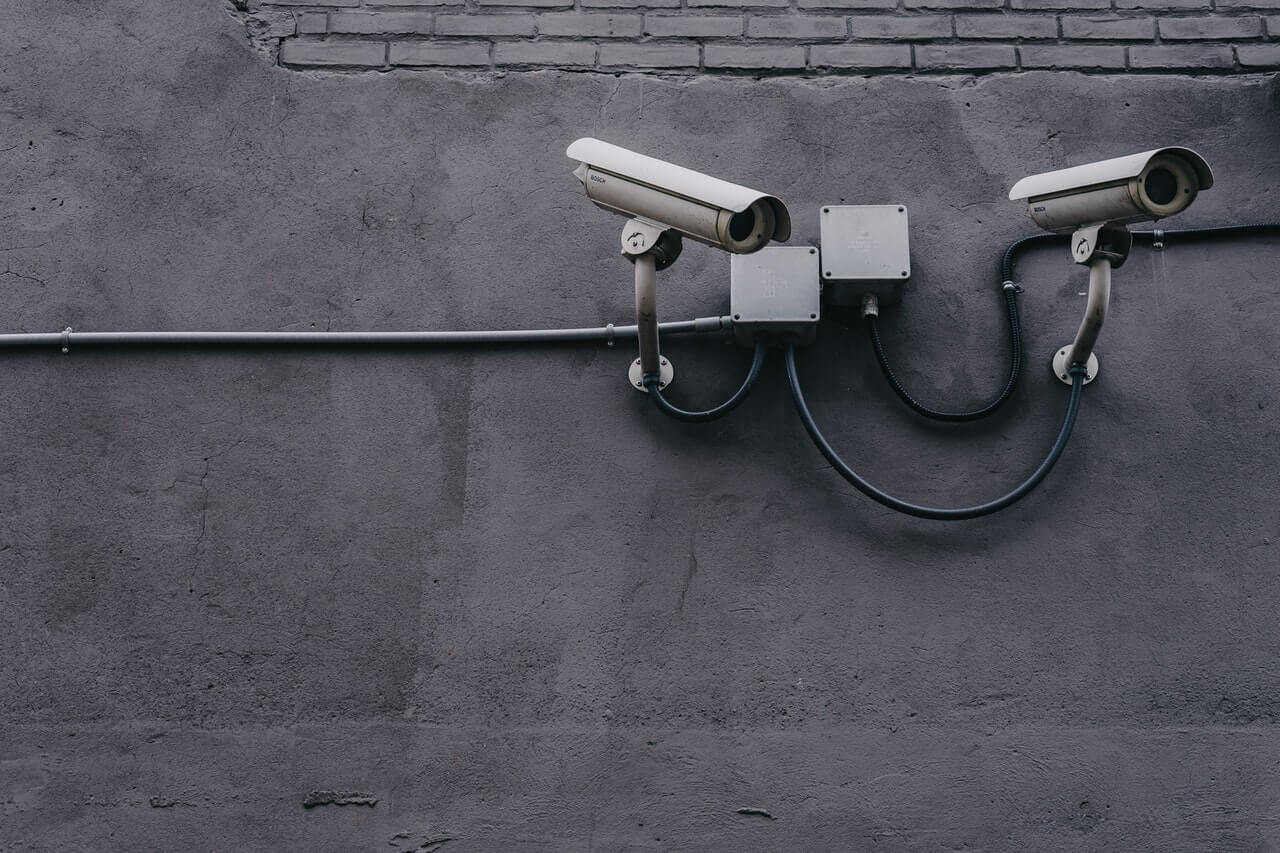
# cyber security# ssl monitoring# top picks
The Top 5 Cyber Security Threats And How To Protect Yourself Against Them
Did you know that there's a hacker at least once every 39 seconds? And that 96% of breached records came from only three popular industries back in 2016?
It's quite alarming when you think about it, considering more and more businesses are moving to the online world...
It's no surprise though and shouldn't come as a shock to you to hear that more businesses are moving online, in fact, online E-Commerce sales grew by to 16% of all sales in 2020, that's an increase of 19%.
So with more business being completed online, there's of course going to be hackers and cyber security threats that you're going to need to be on the lookout for.
So in this article, I'm going to tell you the top 5 cyber security threats that you absolutely must be aware of, and I'll tell you how you can help protect yourself against them.
Ready? Here we go...
What Is A Cyber Security Threat?

The definition of a cyber security threat, and its components is quite easy to understand...
A cyber security threat is typically a malicious act that seeks out to damage data, steal data or cause disruption to digital life in general
They're everywhere, and typically cyber threats come from crime organisations, terrorist groups, hackers and even arise during natural disasters, such as the massive scandal that happened during the Grenfell Tower fire.
Hackers and other malicious organisations take advantage of incidents like this since people are usually left in vulnerable situations and seek out any opportunity to help themselves and others - this is why it's incredibly important to be aware of the different cyber security threats and their risks.
What Are The Top 5 Most Common Cyber Security Threats

Now that you know a bit more about these threats, and what they are designed for, let's dive into the most common threats
Threat #1: Malware

Did you know, In 2019, 350,000 new pieces of malware were detected every day and over 7 billion attacks were reported in the year?
I don't know about you, but that's a considerable amount of malware in circulation, but what exactly is it right?
Typically, malware is software, it's a variant of spyware and ransomware which you might've heard of before, and this type of software is developed by attackers to cause extensive damage to data...
The issue with this type of attack is it can come across as being completely legitimate, and you could end up mistaking what appears to be legitimate software for software that could end up logging passwords and other sensitive data.
Tips To Protect Yourself
- When visiting websites, always make sure the website has a valid SSL certificate, that's crucial
- Be wary when downloading software, if it looks malicious, it probably is
- Always use strong passwords and never use the same password for multiple websites
Threat #2: Ransomware

Next up is ransomware, and unlike malware, ransomware is more widely known for encrypting sensitive information on your computer, meaning, that word document that you had all of your passwords stored in...
Yeah, you won't be able to access that anymore.
Encryption is great for protecting data, in fact, the popular app for messaging, WhatsApp encrypts messages, and this is perfect for security and privacy.
Unfortunately, encryption can be used for harm as well.
Did you know that the WannaCry ransomware attack managed to attack 230,000 computers globally and ended up costing the globe approximately $4 billion?
The WannaCry attack is the most obvious type of ransomware, and it was in the news, so you've probably heard of it.
It's a terrible cyber security threat, and ended up attacking the health sector.
The issue with ransomware is that it's easily spreadable between computers, and that's exactly what these cyber hackers want, but there are some things that you can do to help protect yourself...
Tips To Protect Yourself
- Make regular backups of data, the most obvious prevention measure
- Actively inspect content and ensure you've got anti-virus software installed and up to date
- Ensure that your systems have the latest security patches and updates on them
- Always prepare for an incident
Threat #3: Insider Threat

This might not seem as if it should be a cyber security risk, but actually, it is.
Insider threats are more common than you might think, in fact, an article that contains data provided by The Ponemon Institute 2018 and 2020 found that in 2019, $11.45 million was at stake for an insider threat...
That's up from $8.76 million back in 2017.
You might find that as a business owner, website owner or individual, that an outsider tries to bribe you to carry out malicious activities within an organisation by offering a sum of money...
That's exactly what happened to Tesla, an employee rejected a bribe of $1 million to install malware within the company.
Do you think the employee would've actually received that money?
Probably not...
Why?
Because once hackers have got their malicious code or software installed and running, you've got little to no chance in stopping it - your job would also probably be no longer as well.
Think of the impact, so here's some tips to protect yourself...
Tips To Protect Yourself
- Don't accept bribes to install malicious software
- Always be cautious of who you're speaking to outside your organisation
- Always make sure your systems are being monitored with a website monitoring tool
- Keep a close eye on data and data security
Threat #4: Hacking

You've seen the movies with source code that's on the screen, and hackers trying to get into some kind of system right?
Typically you see this in the sci-fi movies, and unfortunately, it happens every single day, in real life.
In fact, data breaches exposed 4.1 billion records in the first half of 2019.
And 52% of breaches featured hacking. Just pure hacking, we're not talking about malware or ransomware here.
In a nutshell, hacking is an attempt to gain access to an IT system, that's what most hacking scenarios are all about any way/
Why?
Because data is worth so much to hackers, if a hacker can gain access to customer records, how much do you think that would be worth to them?
They'll have information such as:
- Personal details such as address, and date of birth
- Bank details
- Credit/debit card details
If a hacker was able to get access to details like this, they could end up with trillions.
Tips To Protect Yourself
- Make sure that websites you visit have an SSL certificate installed
- Never enter details into websites without an SSL
- Always make sure you've got the latest anti-virus software installed and updated
- Be wary of who you speak to online
- Banks and other organisations will never ask for financial information in emails
Threat #5: Data leakage

If you work in an organisation and work in an office, data typically extends beyond the four walls of that office these days.
Data is everywhere, it's on our smartphones, tablets, personal computers, in our emails and even written down.
What kind of data do you actually have lying around in those areas?
Passwords to servers?
How about thousands of customer records?
According to Statista, Yahoo holds the record for the largest data breach that contained over 3 billion compromised accounts.
Furthermore, in 2013, the company Target confirmed a breach that compromised 70 million records.
Are you starting to see the dangers of data leakage and data breaches as a cyber security threat?
It's a risk, and a big one, so how can you protect yourself?
Tips To Protect Yourself
- Always backup your data
- Only share sensitive data with the correct people
- Ensure you're implementing strong passwords
Wrap Up

Whether you're a new business or website, or have been around for some time, understanding the importance of keeping everyone safe in the digital world is extremely important.
That's why I've put together this list of the top cyber security threats, and how you can help protect yourself against them!
If you liked this, feel free to share it, and be sure to check out our other blog posts too!
More posts
Website uptime monitoring for e-commerce stores what you need to know
As an e-commerce store owner, you understand the importance of having a reliable and efficient online presence. Let's look at why website uptime monitoring is so important for e-commerce. Read more today.
Read moreThe role of website uptime monitoring in ensuring customer satisfaction
As a business owner, ensuring customer satisfaction should be a top priority. One key aspect of customer satisfaction is having a reliable and efficient online presence, which is where website uptime monitoring comes in.
Read moreMaximizing the efficiency of your website uptime monitoring strategy
As a website owner, uptime monitoring is crucial to ensure that your website is always available and functioning properly. In this article, we'll discuss how to maximize the efficiency of your website uptime monitoring strategy, including the use of tools, setting up alerts, and optimizing your website's performance.
Read moreSubscribe to our PRO plan.
Looking to monitor your website and domains? Join our platform and start today.